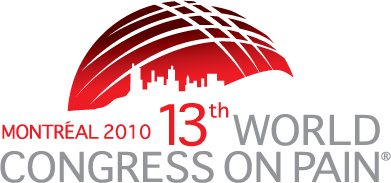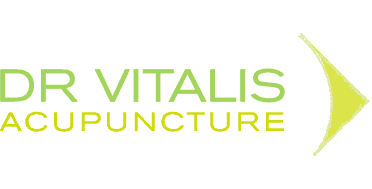At World Congress of Pain held in Montréal: Acupuncture for Pain (II)

At World Congress of Pain held in Montréal, Canada, Acupuncture was featured in numerous presentations. Furthermore, it was also spotlighted in the plenary session.
Neuroscientist Ji-sheng Han, director of the Neuroscience Research Institute at Peking University and founder of the Chinese Association for the Study of Pain talked about his new studies and perspective on evaluating acupuncture vs placebo:
Just inserting needles under the skin does not work, at least not in rats, which are impervious to sham treatments that can nonetheless get results (placebo) in humans.
People even said that acupuncture is nothing but a placebo, that’s because just touching the skin with a needle can also produce an analgesic effect.
In rats, needles simply left in place got no results. Manually twisted needles provided relief and electrical manipulation produced the best pain suppression. If the needles are not moved, there is no analgesic effect. If you manipulate continuously, (pain relief) goes up gradually. And when you pull the needles out the effect goes down. These are clear-cut results.
So, on top of the psychological or placebo effect, you have a real analgesic effect.
These days, Chinese patients get about 30 minutes of pre-surgery, acupuncture to increase the effect of “natural analgesia” during an operation.
Other Han studies, replicated at the University of Texas, suggest that the right method of needle manipulation and electric frequency also play a key role. Clinicians need better training because acupuncture methods are critical when treating different kinds of pain, for example so as not to aggravate existing pain.
Below are some of the abstracts discussed at the congress:
- Ear-acupuncture performed on patients who did not respond to the common Western pain relief techniques, still show a marked pain relief in 37% of the cases, with a very high grade of satisfaction of 79%
- Postoperative pain and patient’s well-being could be significantly improved by application of electrical stimulation of auricular acupuncture points
- The first placebo controlled study that shows a significant decrease of intra- and postoperative cortisol and norepinephrine levels in patients that received electrical auricular acupuncture
- Acupuncture anesthesia was successfully applied for and can be used as an alternative anesthesia for complicated extractions in patients with allergy to anesthetics.
- Electroacupuncture plus conventional treatments was more effective than conventional treatments alone in chronic planar fasciitis.
- Acupuncture is an efficient tool in the treatment of chronic pain patients in an interdisciplinary pain setting.
- Laser acupuncture an effective method for pain prevention in neonates undergoing heel lance.
- Limb laterality recognition and acupuncture.
- Acupuncture analgesia in healthy volunteers seems not to be largely mediated by DNIC.
- Bi-directional rotation of a needle generates more intense needle sensations, and potentially stronger stimulation.
- Sham laser can serve as a valid placebo control in laser acupuncture studies.


